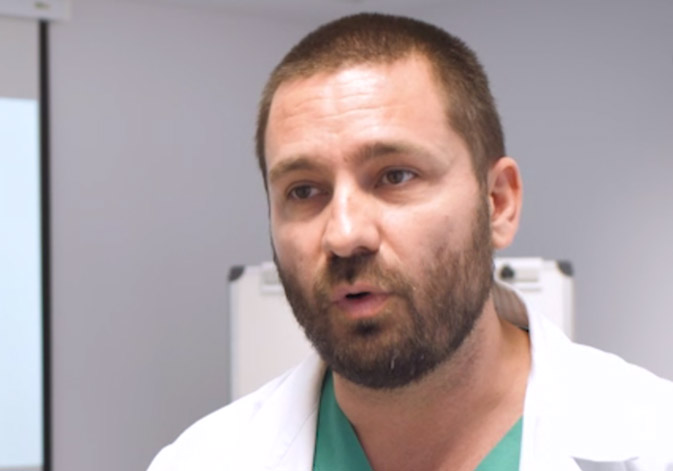Levels of glucose and lactate in the cerebrospinal fluid, new markers in the prognosis of cranioencephalic injuries
- Scientific Culture and Innovation Unit
- April 5th, 2019

A study developed by INCLIVA’s Anaesthesia Research Group, where Professor Rafael Badenes from the Department of Surgery of the University of Valencia participates, reveals that monitoring of the concentrations of glucose and lactate in the cerebrospinal fluid provides information on the prognosis in patients with cranioencephalic trauma to predict secondary injuries that worsen brain damage.
The results of the study Glucose and Lactate Concentrations in Cerebrospinal Fluid After Traumatic Brain Injury indicate that elevated proportions of lactate and lower ones of glucose in the cerebrospinal fluid of patients with cranioencephalic trauma are associated with a worse prognosis of the damage. These indicators suggest a hypoxic process (lack of oxygen) or continuous inflammation, as indicated from the study.
“These variables are easily accessible in clinical practice and could be used in the initial evaluation of patients with cranioencephalic injuries”, explained Rafael Badenes, co-author of the study. Thus, their monitoring would allow a timely detection of the processes derived from cranioencephalic trauma that can be avoided or reversed. So far, the studies of the subject had focused on measuring these concentrations in the brain, while this study focuses on their levels in the cerebrospinal fluid.
The research was based on the analysis of patients admitted to the Intensive Care Units with cranioencephalic traumatism. Of the 56 patients who met the inclusion criteria, 41 suffered multiple traumas. In all of them, the concentrations of glucose and lactate were significant predictors of poor results.
Article:
Lozano A., et al.: «Glucose and Lactate Concentrations in Cerebrospinal Fluid After Traumatic Brain Injury». J. Neurosurg Anesthesiol. 2019 Feb 11. doi: 10.1097/ANA.0000000000000582. [Epub ahead of print]. Link: https://www.ncbi.nlm.nih.gov/pubmed/30893283
File in: Recerca, innovació i transferència , Investigació a la UV , Internacionalització recerca , Difusió i comunicació científica , Grups de recerca , Facultat de Medicina i Odontologia
















